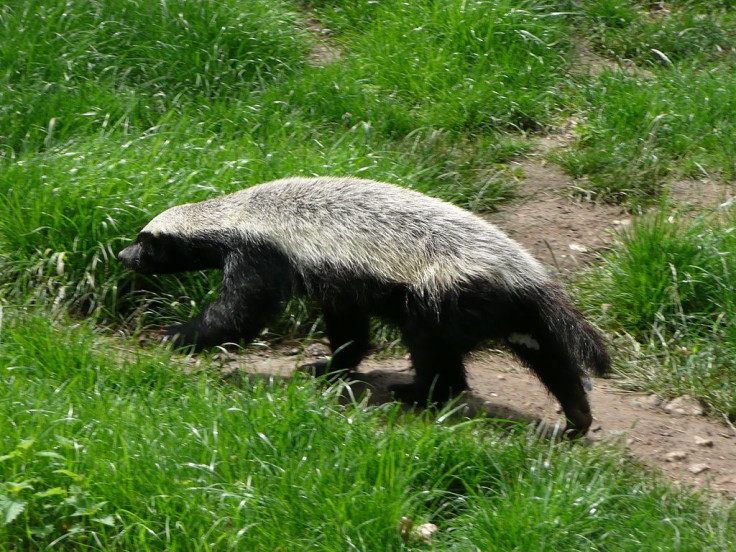This Honey Badger Relative Roamed South Africa 5 Million Years Ago
KEY POINTS
- The ancient honey badger is a "sister species" to the living honey badgers
- They are said to be smaller but had abilities comparable to modern honey badgers
- The site in South Africa has been an excellent source of ancient mammal remains
A team of researchers described an ancient honey badger relative that roamed South Africa alongside the dangerous predators five million years ago.
Honey badgers (Mellivora capensis) may not be the biggest or scariest-looking creatures but they are certainly some of the fiercest animals on the planet, even taking on bigger predators such as lions. In a new study published in the Journal of Vertebrate Paleontology, a pair of researchers talked about an ancient honey badger relative that may have been just as fierce as its modern counterpart.
The Mellivora benfieldi was first described over 40 years ago based on a few mandible fragments, but the researchers of the new study were able to further describe the species from new "abundant" remains gathered from the early Pleiocene site in Langebaanweg, South Africa.
"The new honey badger fossils we describe triple the number of known fossils and gives [sic] us a unique glimpse into its lifestyle and relationship to other similar mustelids," paleontologist and study co-author Alberto Valenciano of Iziko Museums of South Africa, the University of Cape Town, South Africa, and University of Zaragoza, Spain said in the news release from Taylor & Francis Group.
"These new fossils demonstrate that this South African species is distinct from the late Miocene forms from Central Africa (Howellictis) and East Africa (Erokomellivora), as well as from the extant honey badger," Valenciano added.
A new study reveals a 5-million-year-old honey badger-like animal from South Africa
— Taylor&Francis News (@tandfnewsroom) November 2, 2020
Palaeontologists from @Iziko_Museums report on the discovery of a relative of the living honey badger, one of the fiercest animals in the world https://t.co/vzrh6QXNx1 @SVP_vertpaleo pic.twitter.com/U0JKSy4rMO
Based on their analysis, the researchers determined it to be a "sister species" to the living M. capensis. The M. benfieldi also possibly co-existed with the larger predators of the time, just like the modern honey badger, which Valenciano said is even avoided by larger predators such as lions and hyenas.
At the time, there were dangerous predators such as giant wolverines and saber-toothed cats.
The researchers also determined the M. benfieldi to be even smaller than the modern honey badger but it also had long claws, sharp teeth and fierce traits.
"We infer M. benfieldi was an opportunistic, medium-sized carnivoran with semifossorial abilities, comparable to its living relative Mellivora capensis," the researchers wrote.
Apart from the ancient honey badger, the site has helped reveal many other species that thrived at the time. As the news release explained, the site has yielded the "richest" and "best preserved mammal assemblages" from the period, including wild pigs, birds and even relatives of the modern giraffes.
"Ongoing research in the other carnivore mammals from Langebaanweg will expand our knowledge on these awesome extinct animals," the news release said.

© Copyright IBTimes 2024. All rights reserved.






















